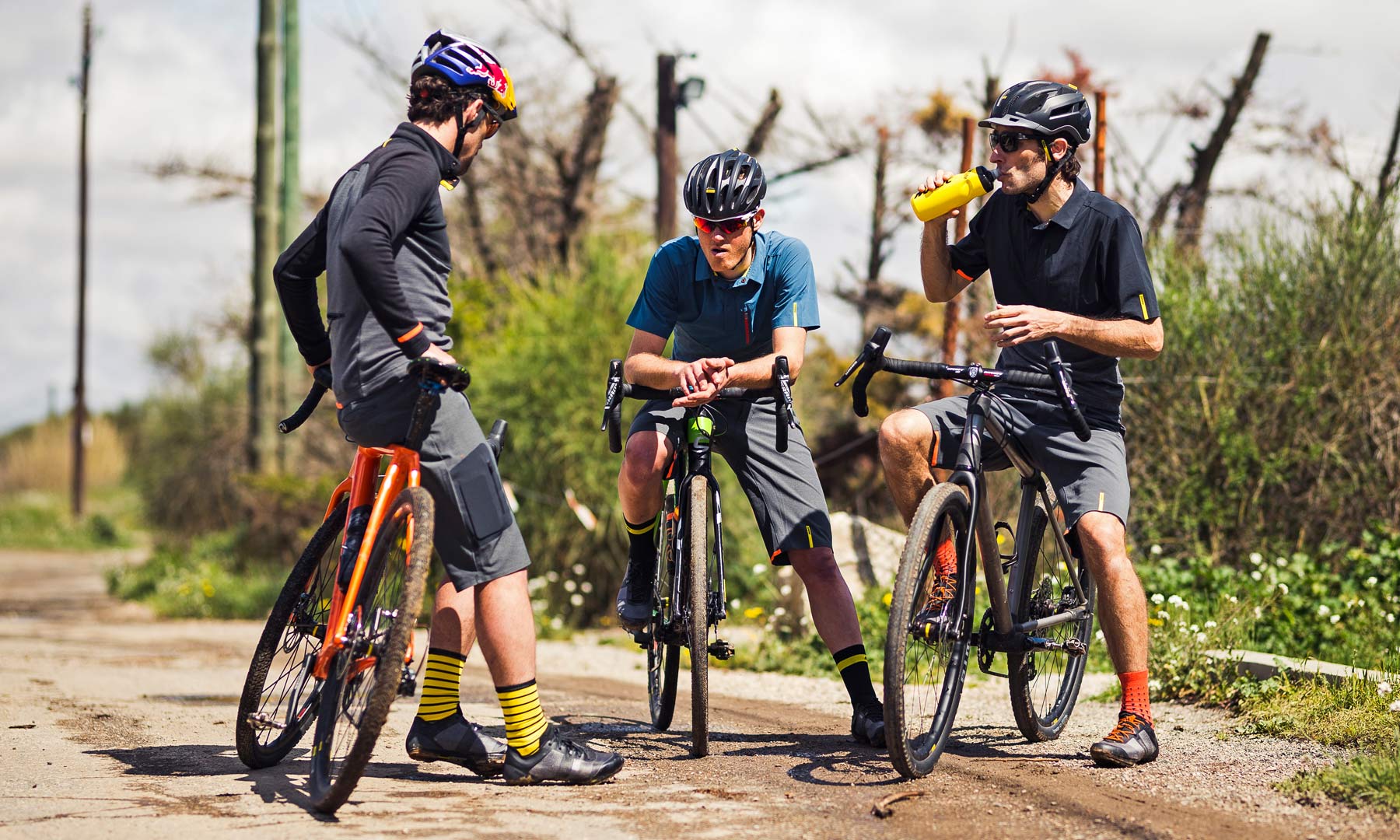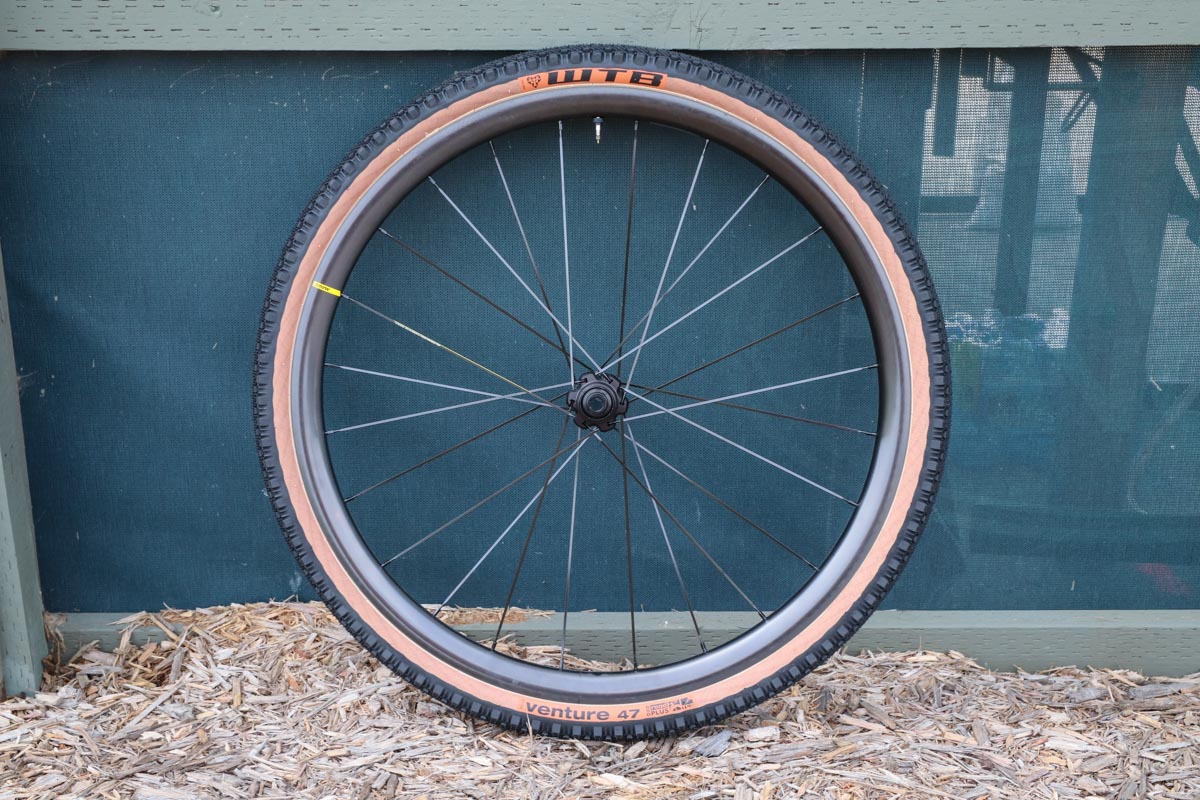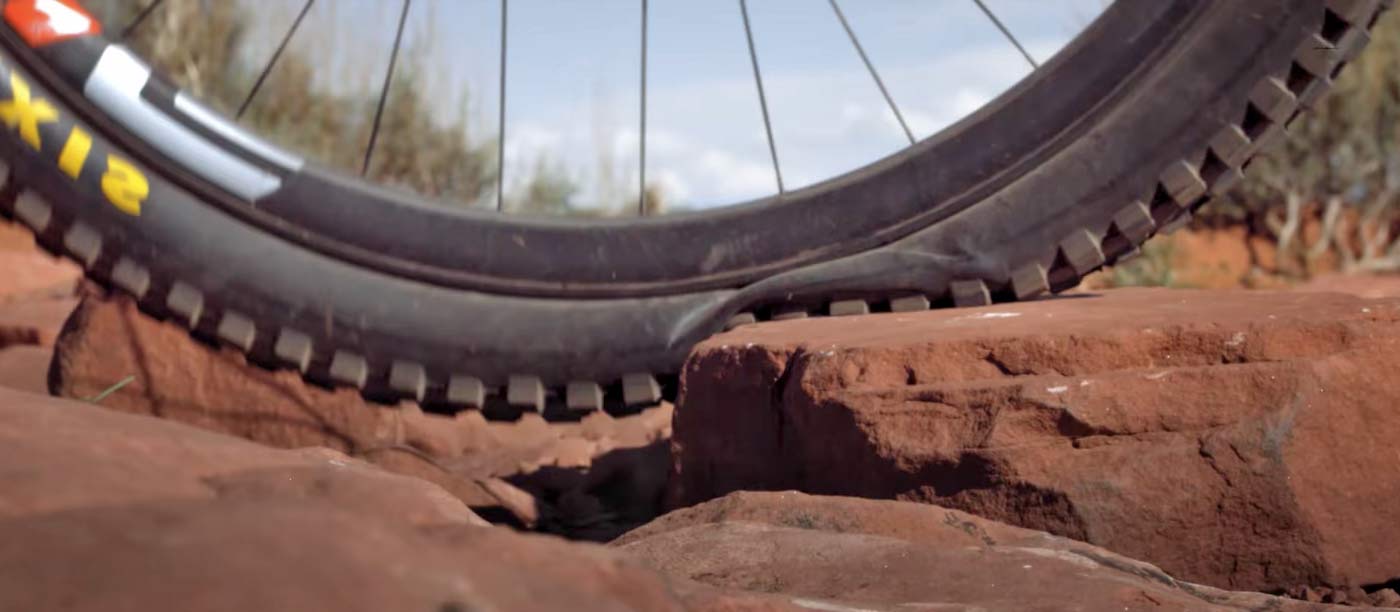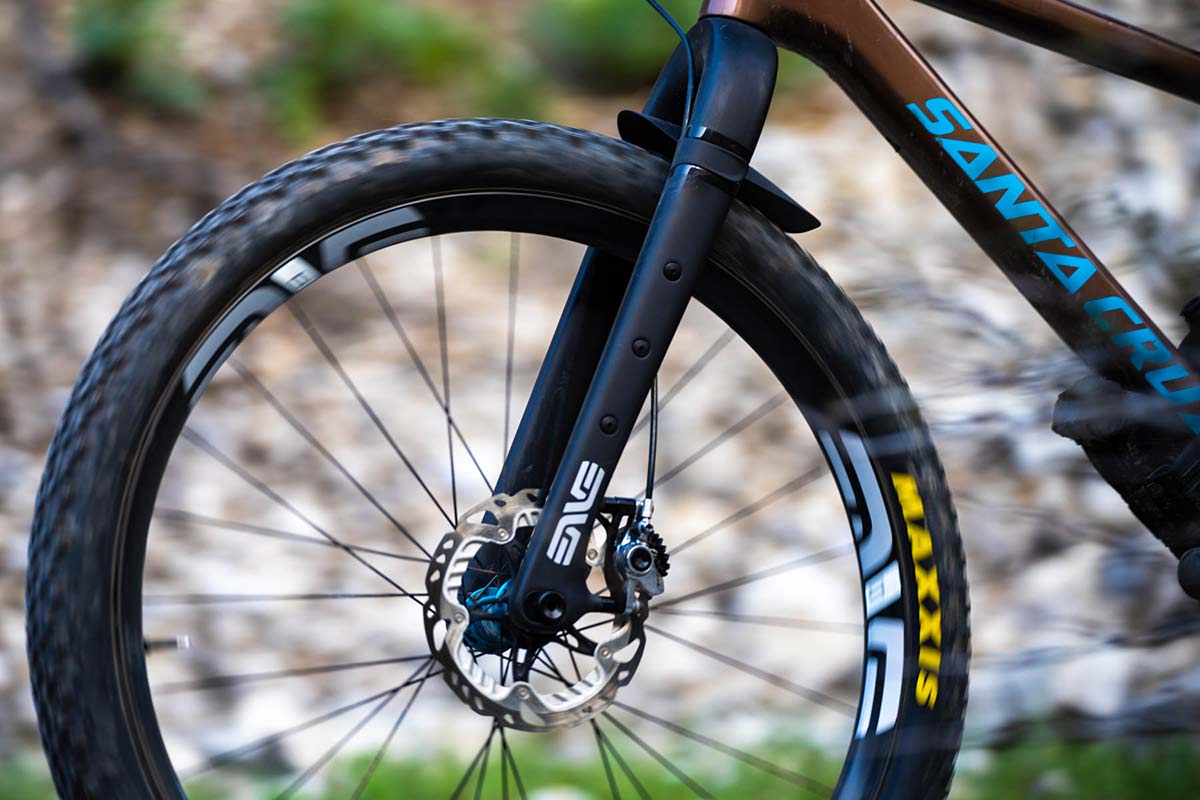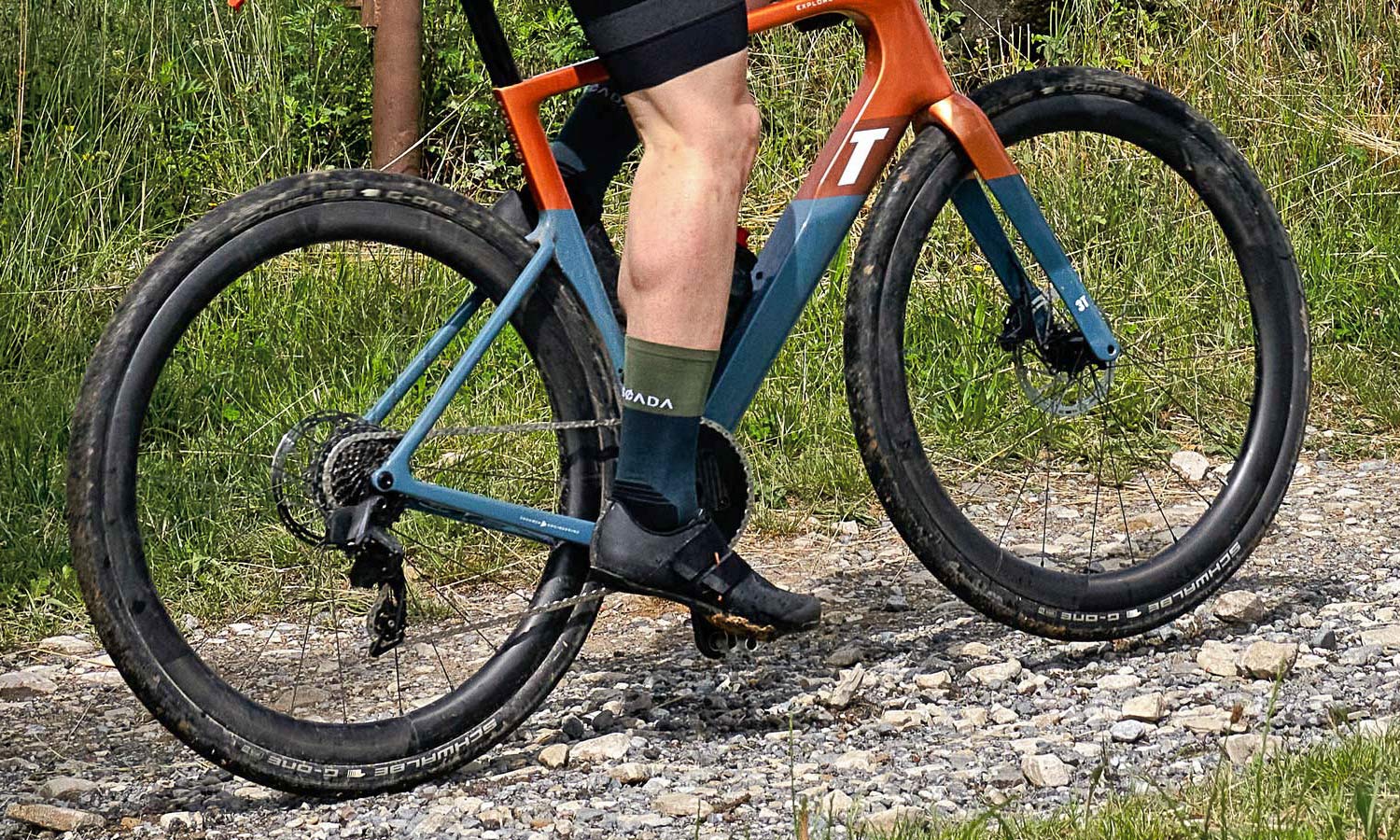We know, there’s no such thing as a stupid question. But there are some questions you might not want to ask your local shop or riding buddies. AASQ is our weekly series where we get to the bottom of your questions – serious or otherwise. This time we discuss the merits and pitfalls of running a mountain bike wheelset on a gravel bike! Hit the link at the bottom of the post to submit your own question.
Can you run a set of MTB Wheels for gravel riding? It’s a very good question. It may not be lighter in most instances but it will likely be a whole lot cheaper. If weight isn’t a big issue for you then you may well be looking to save a couple of bucks in the wheelset department. We speak to the experts at Enve, Mavic and 3T to learn the pros and cons of running a mountain bike wheelset on a gravel bike.
Is there any reason why an MTB Wheel wouldn’t be good for gravel riding?
….given the correct hub spacing and end caps. I’ve noticed that a lot of mountain bike wheels (not brand specific) are lighter and cheaper than their gravel counterparts. Does it all come down to a hookless vs hooked bead, maximum tire pressure, and aerodynamics? Or, is there some other reason I shouldn’t use MTB wheels for gravel? I typically run a 38mm tire, tubeless, at 40 psi.
Mavic: Besides axle compatibility, there are at least three parameters that make a gravel wheel different from an MTB wheel:
- Fatigue resistance: For the same hours of use, a gravel wheelset will cover more mileage than an MTB wheelset. Consequently, the number of wheel revolutions will be greater on an All Road wheel.
Each wheel revolution induces variation in spoke tension (increased and decreased tension for each spoke per each wheel revolution). This repetitive cycle of tension has a direct impact on the fatigue resistance of a wheelset: more cycles means more fatigue.
Consequently, the lower rim bridge (on which spokes are attached) needs to be designed to be stronger on a gravel wheel to avoid early cracks around spoke nipples, spoke failures, or the wheel becoming untrue.
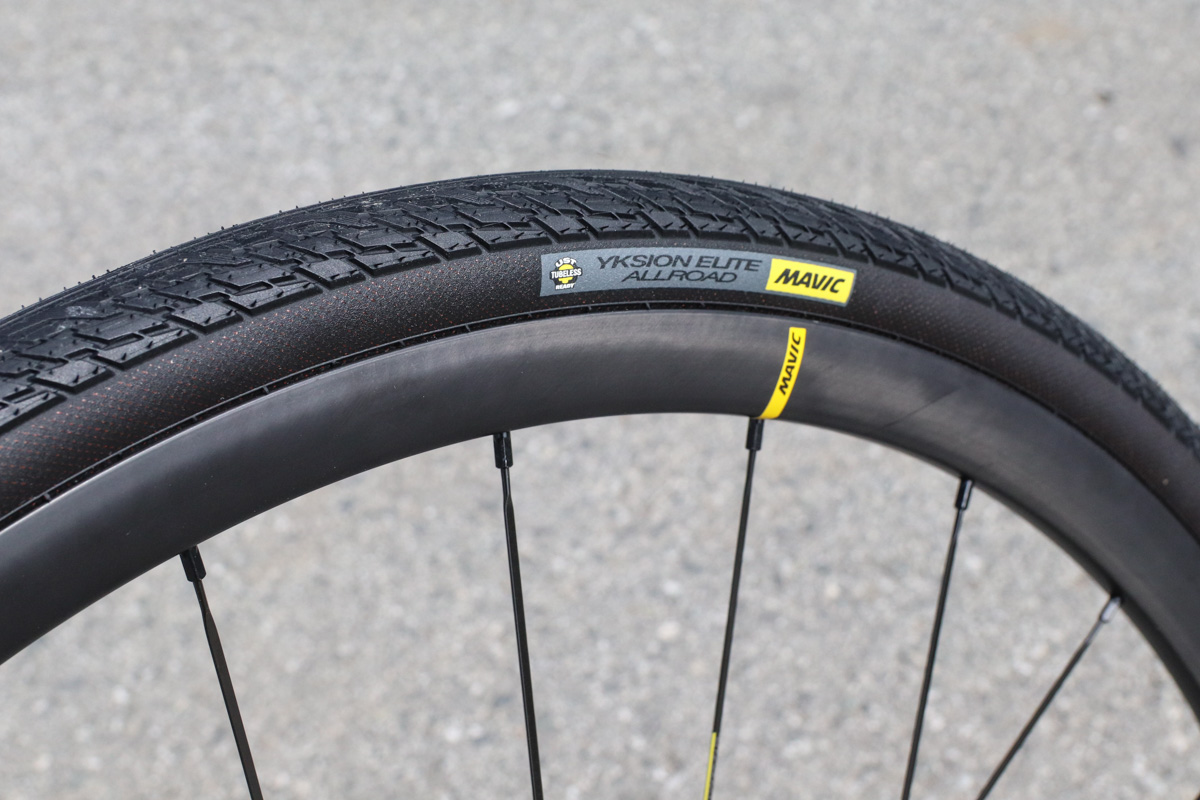
2. Spoke tension vs. tire pressure: Tire pressure has a direct impact on the initial spoke tension of a wheel: by compressing the rim, tire pressure reduces the initial spoke tension. To balance this, the initial spoke tension is higher on wheels intended to be used with a higher tire pressure.
Gravel wheels are typically used with narrower tires and higher pressures than MTB wheels. An MTB wheel used with the narrower and higher tire pressure of gravel will most likely end up being under-tensioned.
A properly designed Gravel wheel will be built with a higher initial spoke tension to balance the higher tire pressure, obviously considering the rim material resistance limits too. Rims, spokes and hubs must be designed so they can support this extra tension, without impacting the overall lifespan of the wheel. Don’t play it wrong by increasing the tension of the spokes of your wheel, you’ll make it more fragile.
3. Impact absorption: An MTB wheel, even an XC one, must be designed to absorb huge impacts and shocks, induced by jumps, rocks, technical terrain and an aggressive riding style that comes with this environment. This is aggressive treatment that a gravel wheel is less likely to be subjected to (unless you lose your way and temper).
An MTB wheel will then be overbuilt for normal gravel riding, or at least not built to resist the same type of abuse (see parameter #1 above). To resume, besides the basic fork/frame axle compatibility (Boost, 12mm vs 15mm), there are several factors that make a proper gravel wheelset design different from an MTB one.
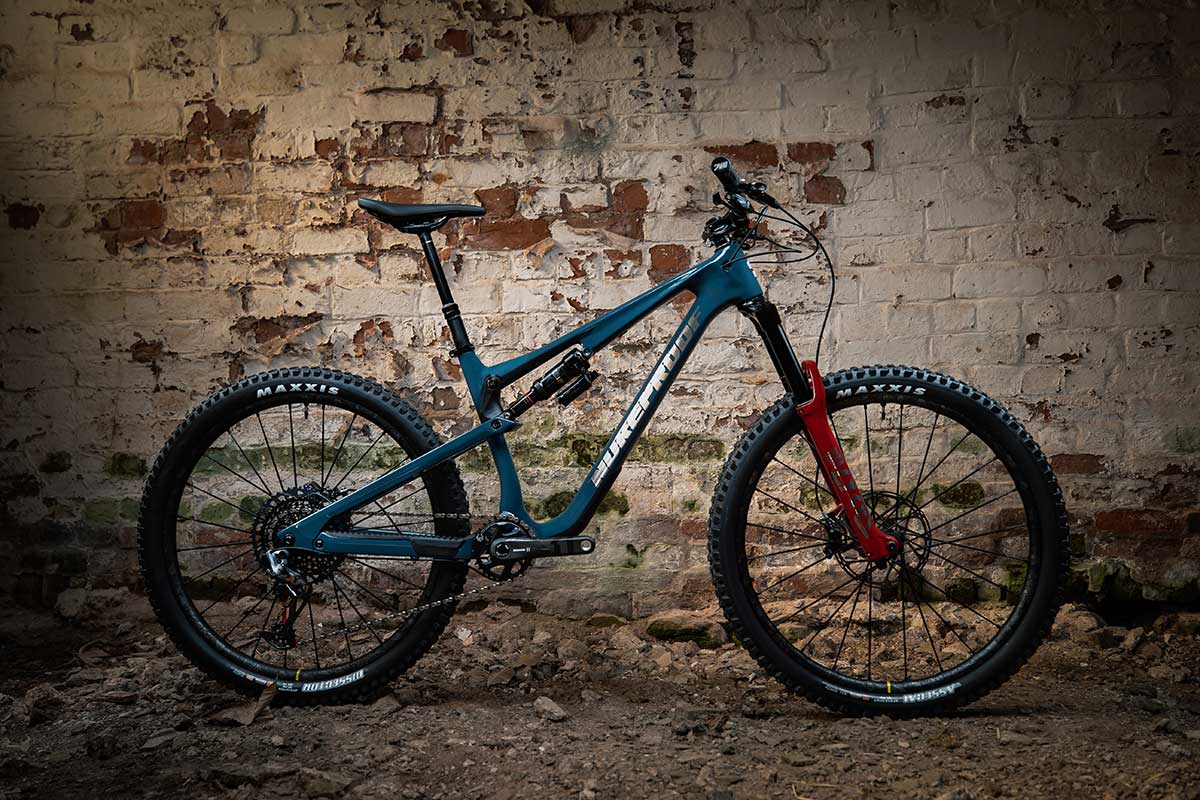
A wheel is a complex system under tension that needs to be properly balanced considering its intended use when the wheel builder is trying to find the best ratio of performance, resistance, weight, efficiency, serviceability and cost all together.
Enve: While mountain and gravel riding both occur in the dirt, and a mountain bike wheel can certainly deliver performance that crosses over to gravel, using a mountain wheel for gravel can leave performance on the table. For this reason, ENVE has the G Series.
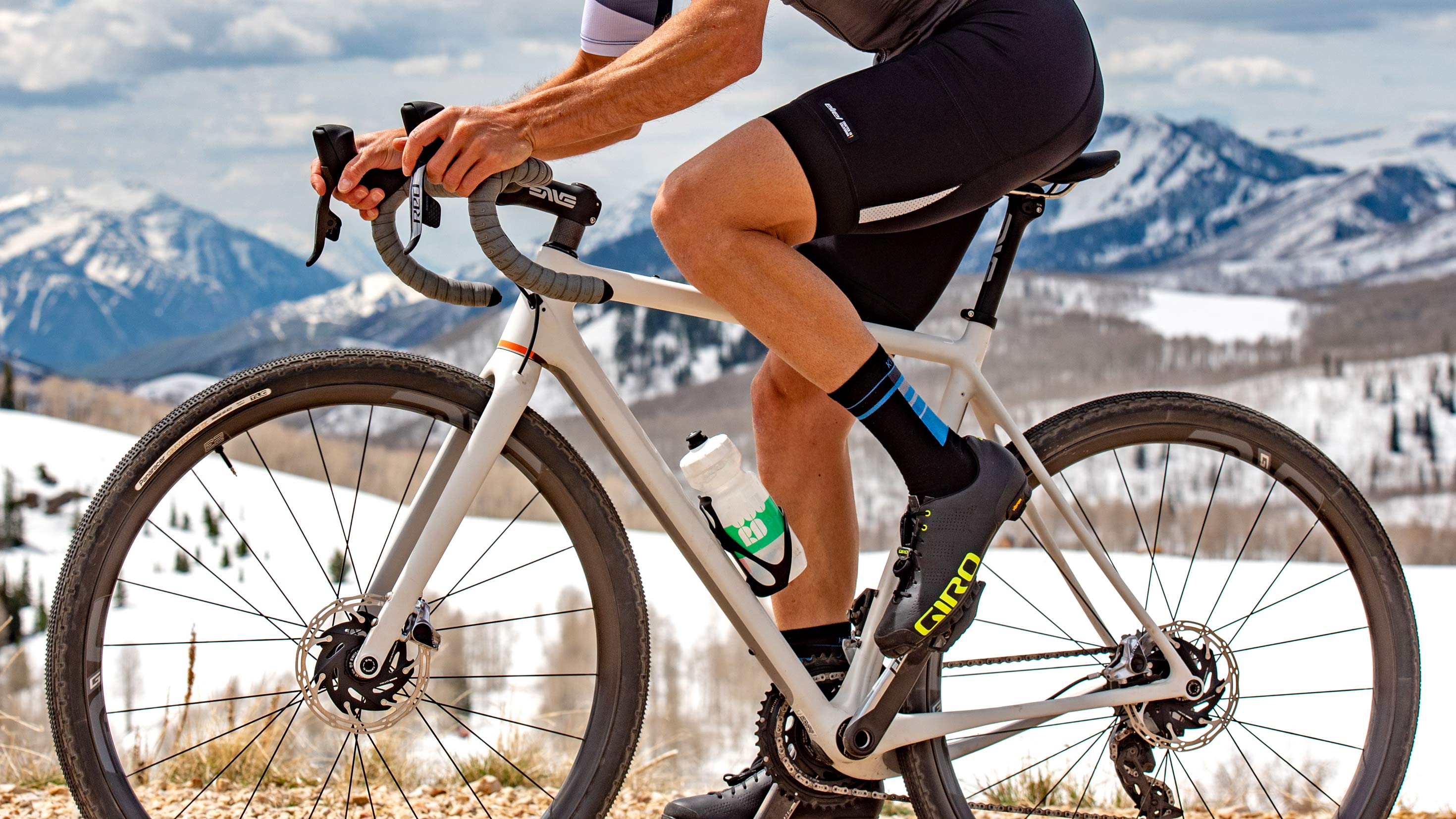
Given that gravel bikes are typically unsuspended, the need for vibration absorption and compliance are paramount when compared to mountain bike wheels. In addition, the distance and/or time in the saddle for a typical gravel ride or event is generally much greater than that of a mountain ride or event.
All this lends to the need for a purpose built wheel. For us that means striking the best balance possible between light weight, ride quality, and durability whether it be a G Series or M Series (mountain) wheel.
So yes, a mountain bike wheel can be used for gravel riding, and yes there are more than a few manufacturers who have simply repurposed old XC wheels to be gravel wheels, but at the end of the day, the requirements of a mountain bike wheel are greater than those of a gravel wheel so if you choose to ride a mountain wheel for gravel, you’re likely riding a wheel that is overly stiff, and heavier than necessary.
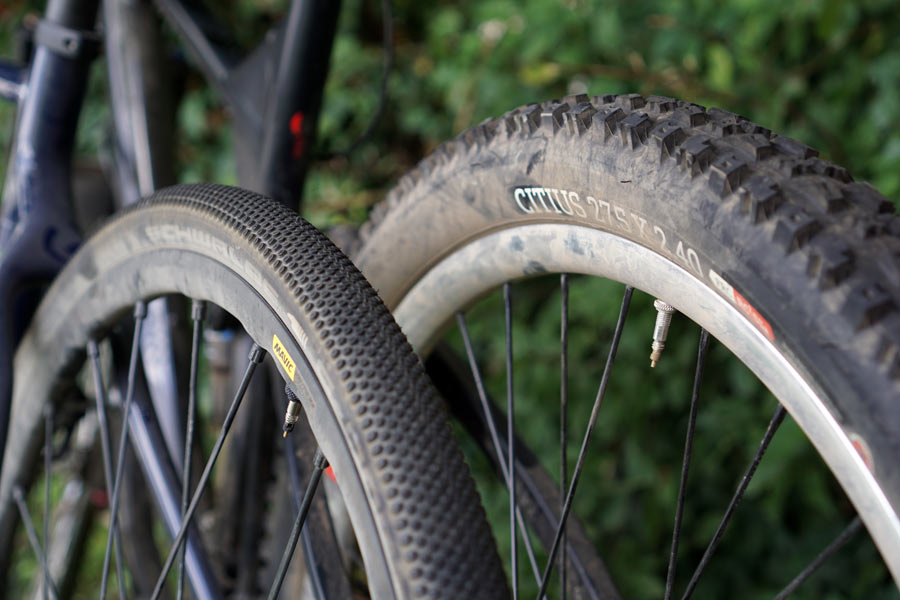
Another matter of discussion is tire volume to rim width. Modern XC racers are using higher volume tires in the 2.25″ to 2.4” (57mm to 61mm) range. Gravel riders are using 38mm-50mm tires with 40mm being the most common size. As such, if an old XC wheel is being repurposed for gravel, it may be really light, but it won’t deliver an ideal ride experience.
Some of the latest ultra-light XC wheels are at or nearing 30mm of internal rim width which is a bit much for gravel. Gravel wheels are stepping up into the realm of 25mm internals, which support the 40mm-50mm tires well.
3T: Assuming spacing and axle diameters are correct, you can do this. Hooked vs hookless depends on several factors, with tire pressure being the key.
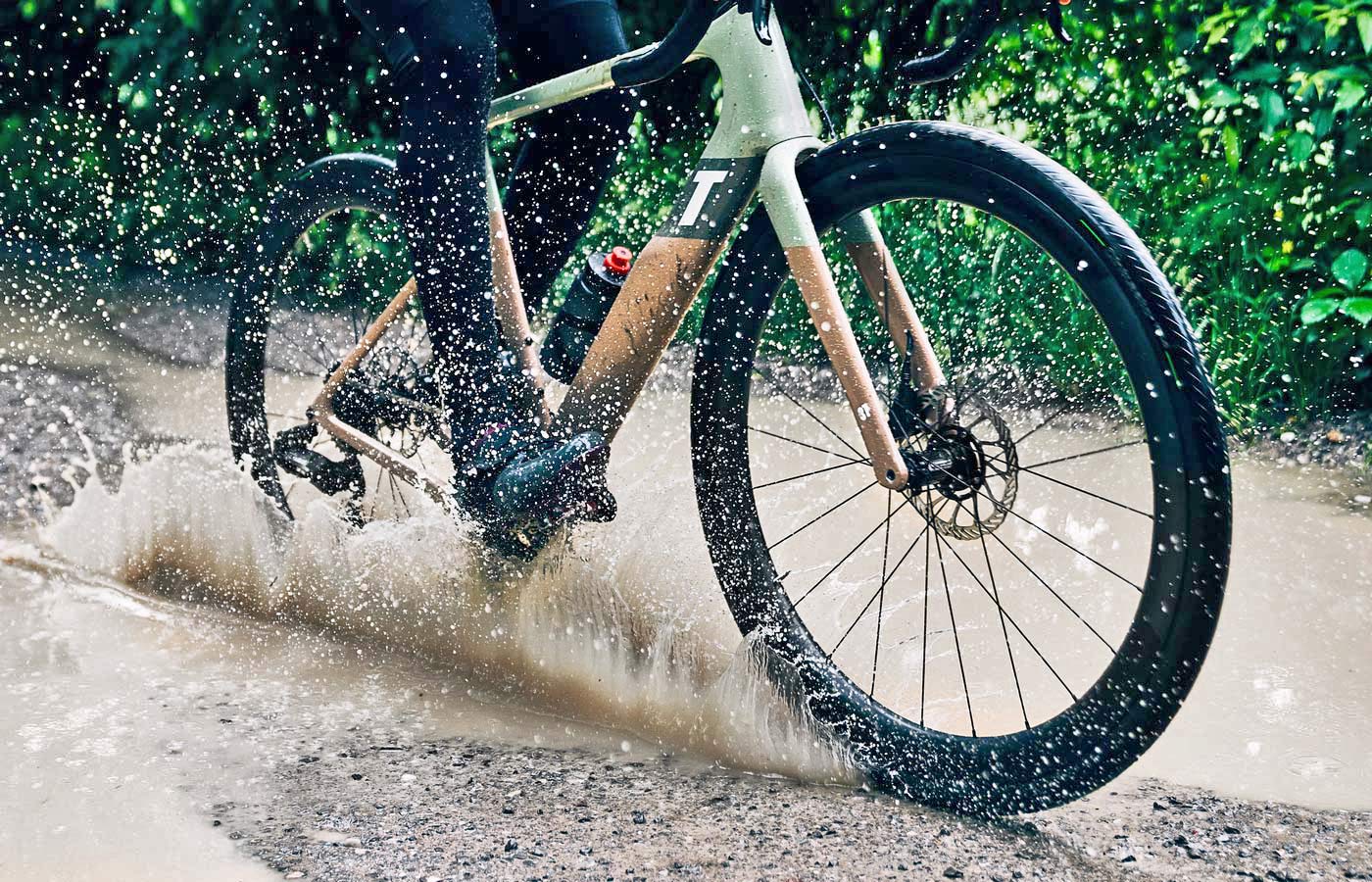
So, if you are running low pressure gravel tires, you can do so without hooks (although you may encounter more pinch flats). As you note, aerodynamically most mountain bike wheels are terrible, but so are most gravel wheels.
Even the wheels that potentially are aero really don’t perform well when you put that 38mm tire on. A wheel designed for a 28mm road tire is not that fast with a 38mm knobby tire. We did a lot of tunnel testing on wheels with knobby tires and found just that, which in the end led to the Discus 45|40 wheelset.
Thank you very much to Jake Pantone from Enve, Max Brunand and Michel Lethenet from Mavic and Gerard Vroomen from 3T for contributing to this week’s Ask A Stupid Question.
Got a question of your own? Click here to use the AASQ form to submit questions on any cycling-related topic of your choice, and we’ll get the experts to answer them for you!

